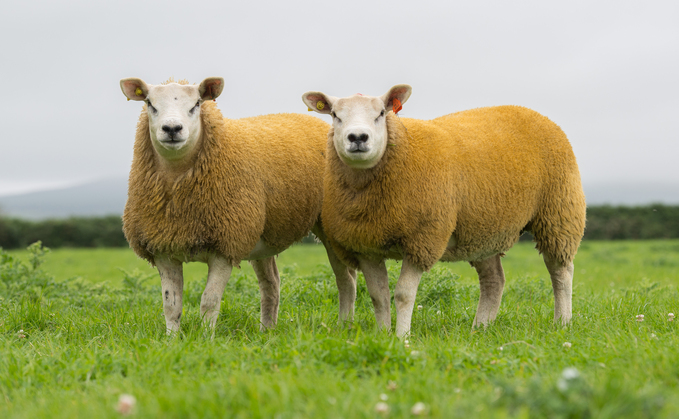
This is no different at a breed level and the Texel Sheep Society has, in recent years, been supporting a variety of initiatives, including a multi-national research group studying emissions mitigation...

This is no different at a breed level and the Texel Sheep Society has, in recent years, been supporting a variety of initiatives, including a multi-national research group studying emissions mitigation...
The Moredun Research Institute has secured investment to support the UK livestock industry’s resilience to infectious diseases, as well as gaining defra funding for louping ill vaccine commercialisation
The introduction of Beef Shorthorn genetics has brought multiple benefits to the Hankins family’s suckler herd
First-generation farmer Kayleigh Robb has found a home within agriculture, and regen methods are helping her new tenancy flourish